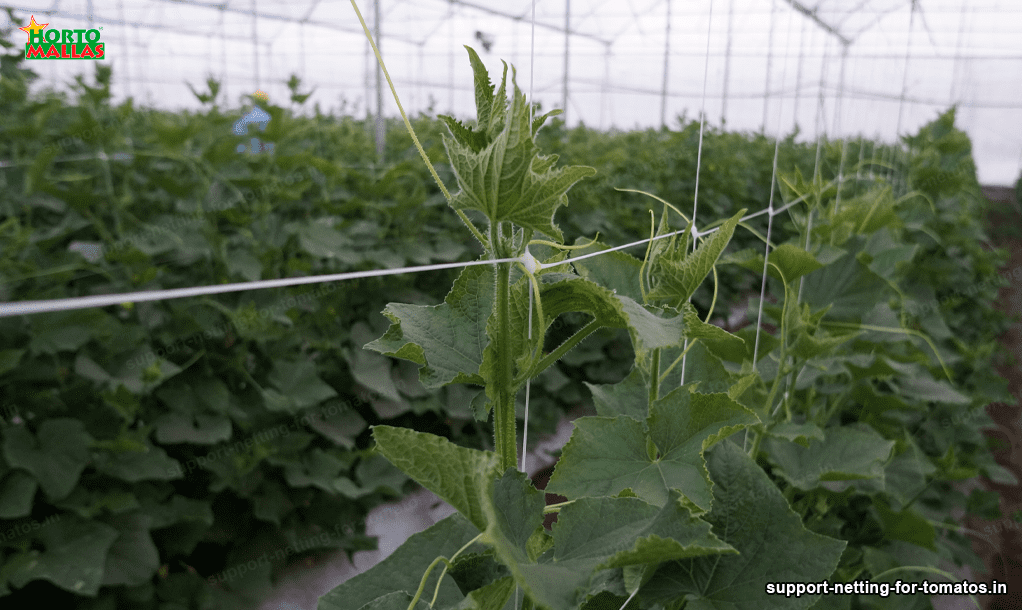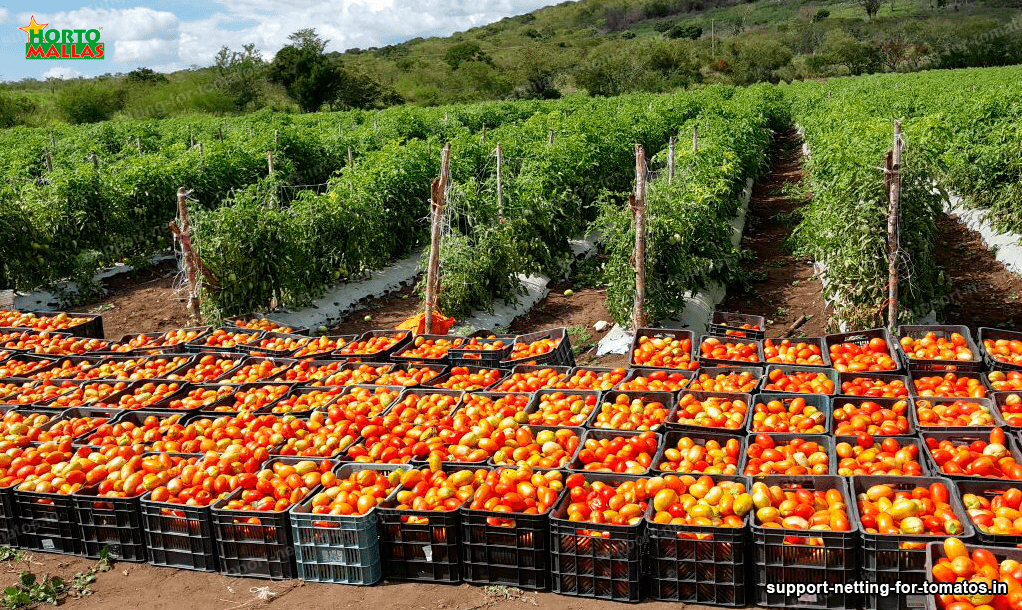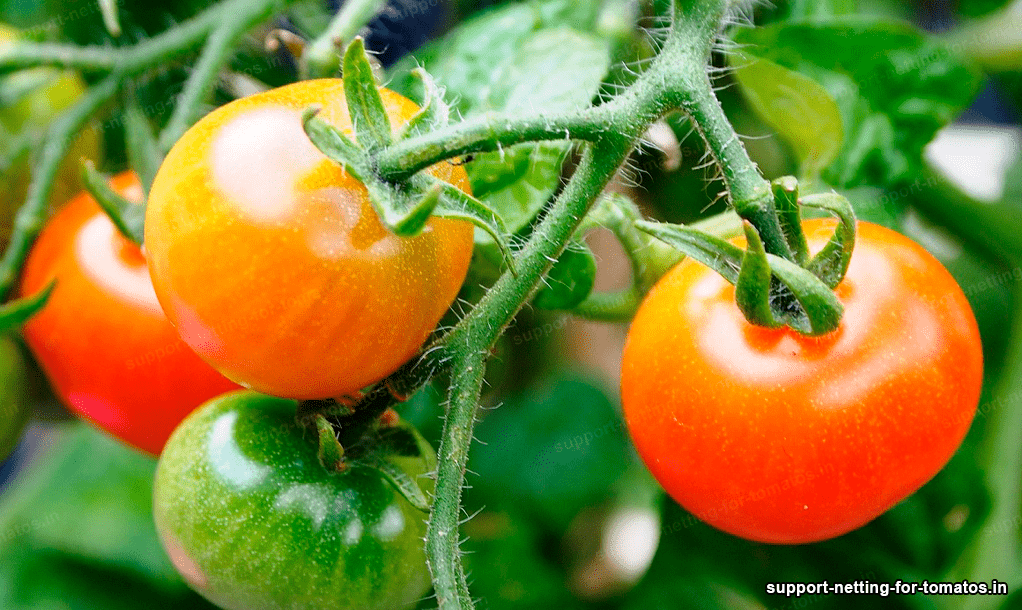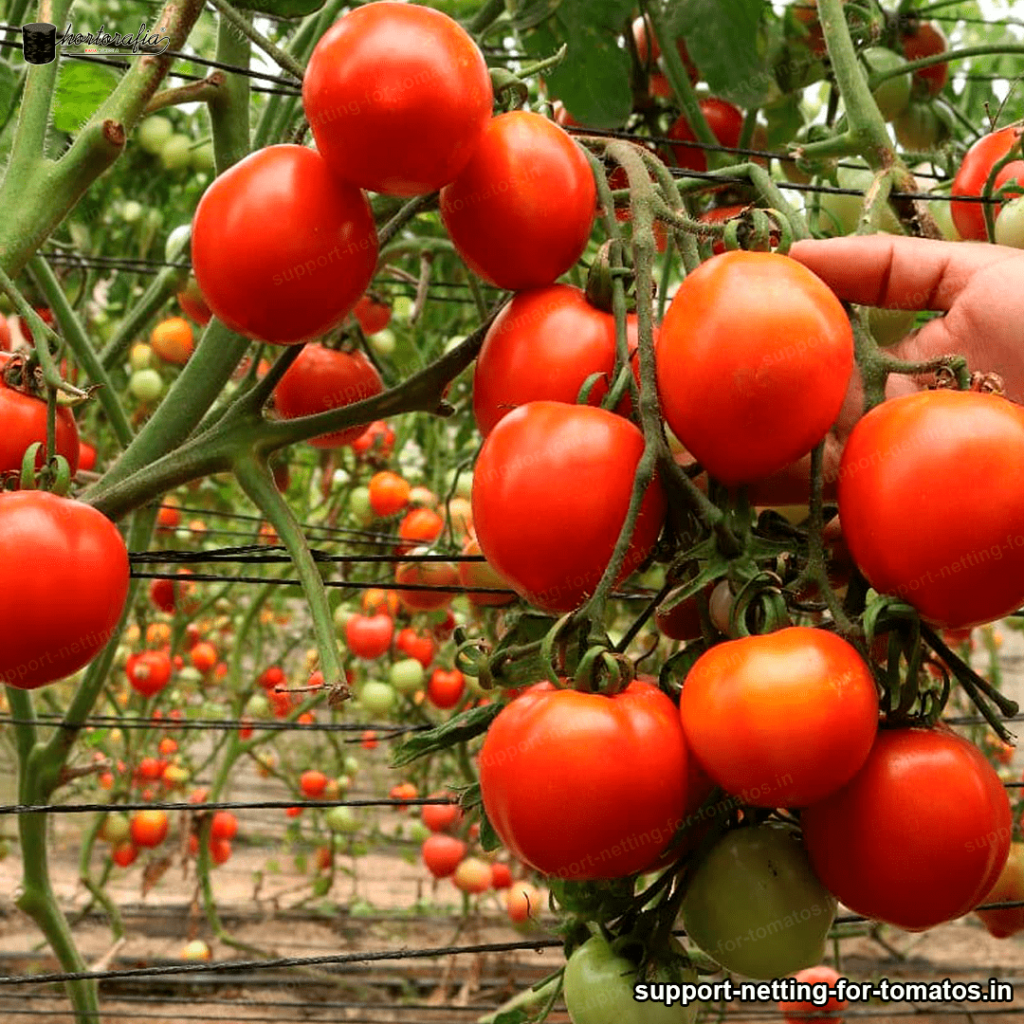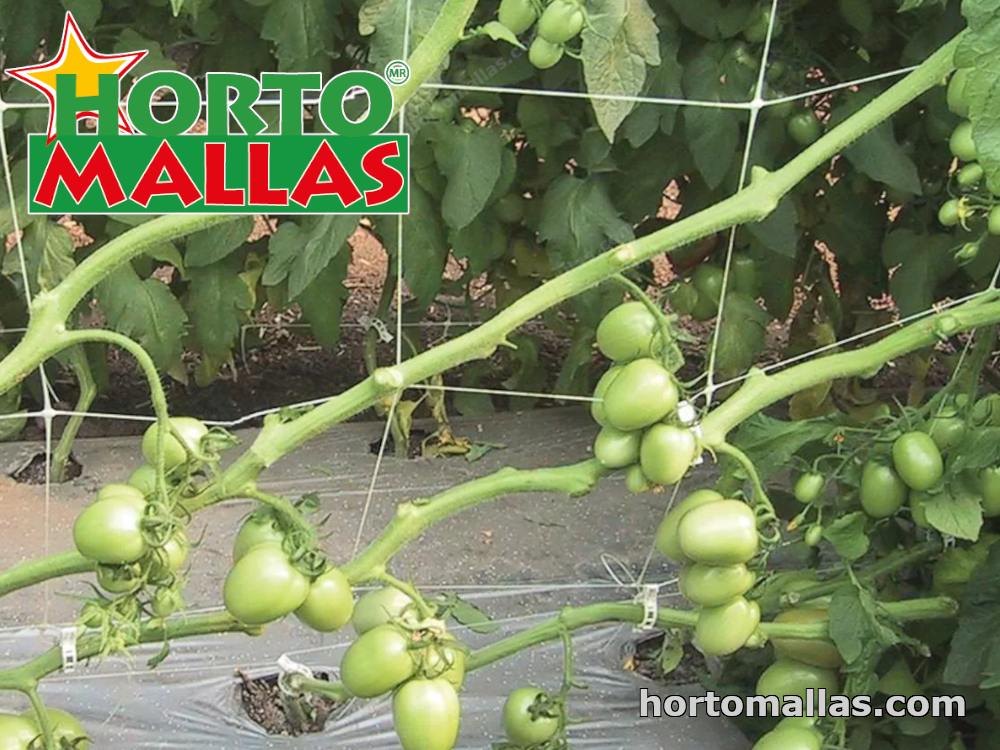Trellised tomato production is an excellent way to achieve successful production.
There are many ways to speed up the process of tomato production with trellising netting, from choosing the right tomato variety to the timing of preparation and harvest.
Here are some ways to speed up the process of producing tomatoes with trellising netting:
The first way to speed up the process of tomato production with trellising mesh is to choose the right tomato variety. Certain tomatoes are best suited for certain growing conditions, so because of this, it is important to choose a tomato variety that is suitable for the region and production objectives. Another way to speed up the production process is to choose the right plant centers. The most developed tomatoes should be chosen to start the production process. This will allow an early harvest.
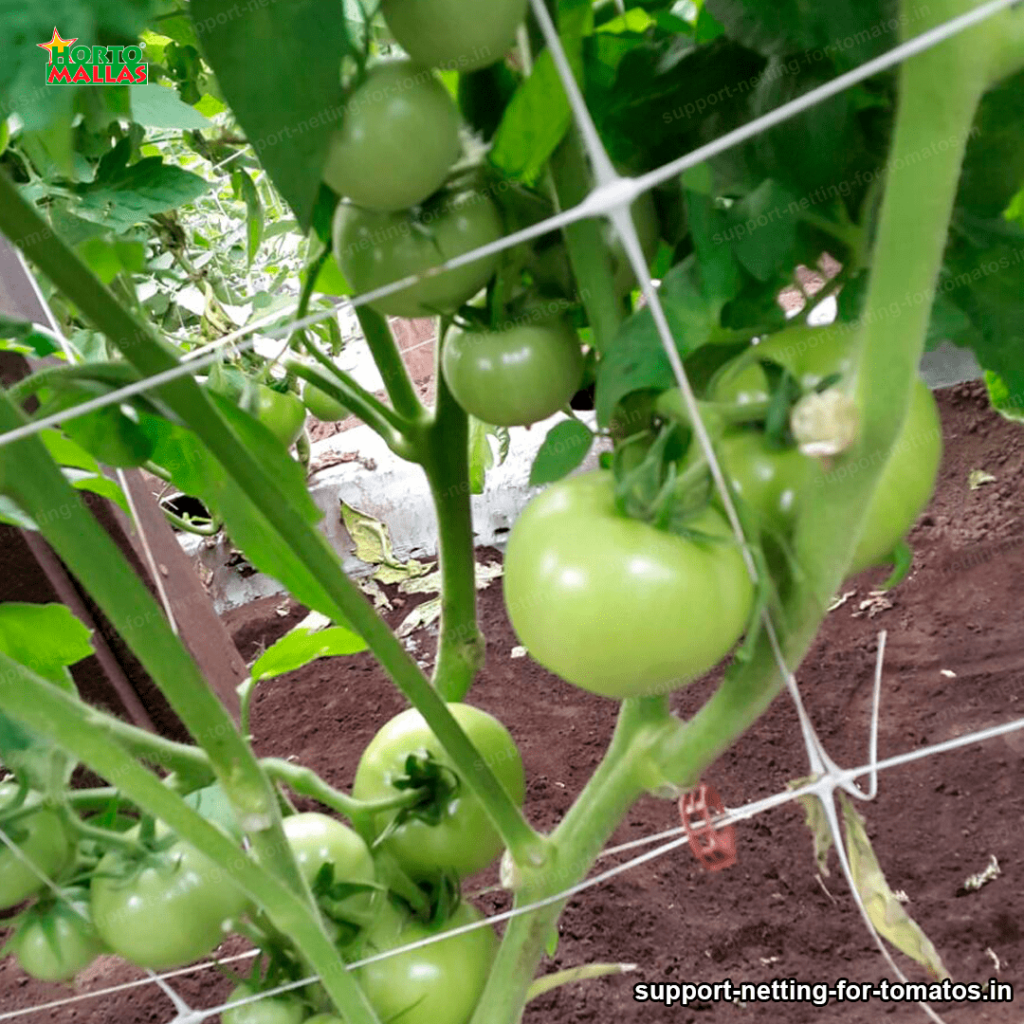
In addition, attention should be paid to proper soil preparation.
This preparation is paramount to successful production. This includes applying the necessary fertilizers to achieve the optimum pH, adequate depth of fertilizer and water to maintain adequate moisture.
One more way to accelerate the production process of tomatoes with trellising netting is the proper management of the stems of the plants. Stems should be braided regularly to give them support and allow the stems to grow straighter. This helps the stems get along better with the netting so that the tomatoes can be harvested easily. This also allows the grower to harvest tomatoes more frequently. And finally, once the process of producing tomatoes with trellising netting is underway, you need to make sure that the fruits are harvested just in time. If the tomatoes are a little under ripe or too green, their organoleptic qualities are compromised. They should be harvested at the right ripeness for best results.
Tomato production with trellising netting offers many advantages for the grower.
However, growers should consider these recommendations to speed up the process of tomato production with trellising netting. This includes choosing the right variety, properly preparing the soils, properly braiding the stems, and harvesting the fruit correctly. With these recommendations, tomato trellis growers will have a better guarantee of good production results.
What techniques can be used to increase the tomato production process?
The production of tomatoes with mesh for trellising is one of the most popular methods for obtaining a quality and efficient tomato crop. It is relatively easy to establish and can provide optimum results. In addition, its use is an excellent way to save on production and reduce insect damage. In addition to the benefits mentioned above, this culture technique is very useful in reducing environmental damage, as it helps minimize fertilizer and herbicide contamination.
First of all, it is important for the grower to choose the right type of netting for tomato production.
There are several types available on the market, such as galvanized steel wire mesh, stainless steel mesh, nylon mesh and polyester mesh. Growers should select the best option based on the crop, size of tomatoes desired and climatic conditions. Once the grower has chosen the appropriate netting, it is important to follow some guidelines for installation. The chosen netting should be placed at the base of the greenhouse, ensuring that the soil remains fixed and securely fastened. The material should then be trimmed to the desired size, so that the mesh fits the shape of the greenhouses correctly.
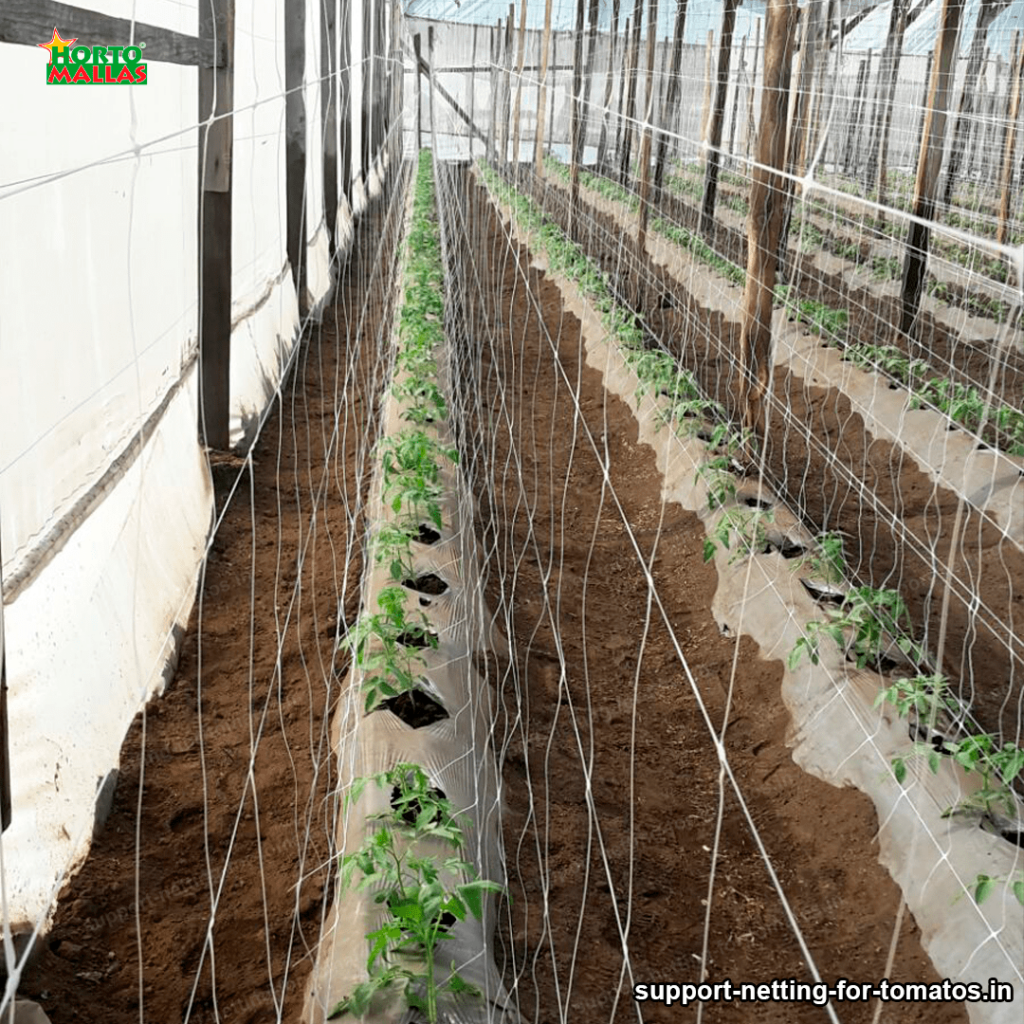
Once the stakes are in place.
It is recommended that a nylon mesh be attached to the stakes to bind them together to prevent harvesting disasters. This prevents the stakes from falling over and damaging the tomatoes. In addition to this, the nylon mesh will keep the tomatoes in place by allowing the wind to pass through. It is important to use strong, high quality netting to ensure an efficient and stable harvest. It is also important to monitor the harvested soil to avoid over-watering or centering nutrient content. Growers should keep the soil cool and moist to encourage nutrient uptake. In the event of drought, always irrigate heavily and ensure tomatoes are well watered. Too much water can be just as detrimental as drought. Therefore, the soil moisture level should be carefully monitored.
On the other hand, it is also necessary to use suitable fertilizers for tomato production with mesh for trellising.
The right fertilizer should be applied to the soil to avoid excess nutrients and to ensure good nutrition of the tomatoes. The use of organic fertilizers is highly recommended in this production technique, as they do not contain chemicals and increase the tomatoes’ natural resistance to harmful organisms.
To increase tomato production with trellising netting.
It is also important to control harmful organisms that can affect tomatoes. One of the best ways to prevent damage caused by these organisms is to perform a careful assessment every two weeks. It is recommended to check each plant individually.
To observe symptoms, and if necessary apply appropriate insecticides to counteract insect damage. Once the tomatoes have grown to the desired size, it is time to harvest them and prepare them for consumption.
Producing tomatoes with netting for trellising is one of the best ways to get a quality and efficient crop.
Not only is it possible to obtain a crop with high production and quality.
But it also contributes to the care of the environment, avoiding contamination by fertilizers and herbicides. Therefore, growers should use this technique to ensure a sustainable harvest of high quality tomatoes.
